|

HOME |
ABOUT | INDEX |
NEWS |
FACEBOOK |
CONTACT
MISINFORMATION
Myths |
Misconceptions | False Information | Lies


Terminology and Definitions
Frequently Asked Questions
LGBTQ Stereotypes
Respectful Language
Homophobia|Heterosexism
Discrimination

Lies
Conservatives Tell
Apparently, conservatives have no problem telling lies
in order to advance their hateful agenda. They
irresponsibly spew falsehoods, misinformation, and
misconceptions at a dizzying rate. They've launched a
full-fledge smear campaign against the LGBTQ community
based on inaccurate and untrue information. Ironically,
the right wing, in all its hypocrisy and ignorance, has
become very comfortable "bearing false witness."
Even on an
official level, the Republican party's lies about LGBTQ
issues are more careless, brazen and dangerous than ever.
Political ads for Republican candidates running for
election and re-election are fraught with disinformation
and falsehoods. Targeting LGBTQ people as a societal
problem, there seems to be no restraint in expressing
remarks that are not only untrue but also harmful.
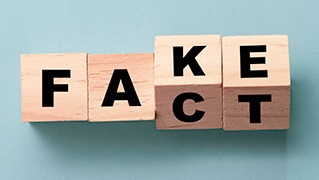
When it
comes to the matter of children learning about LGBTQ
subject matter in school, conservatives and evangelicals
have no shame. They can't stop talking about
"grooming" and "indoctrinating." They misrepresent
the issues, lie about the details, and contribute to the
age-old myth that pairs homosexuality and pedophilia.
Operating
on ignorance of medical and scientific facts and loyalty
to their own religious bigotry, these right wing ranters
are spreading false narratives and causing a real threat
to LGBTQ youth.
[Source: M
Lebeau, April 2022]
Conservatives Rant About Pedophiles and Groomers
Trump Jr Rants About Teachers Under Camouflage Who Groom
Children
GOP Candidate Targets LGBTQ Children in Disgusting
Campaign Ad
Right Wing TV Host Calls Joe Biden Groomer-in-Chief
Because He is Pro-LGBTQ
Florida Gov Says Those Opposing Don’t-Say-Gay Bill
Complicit In Pedophilia
Man Shouts That Gay Dads are Pedophiles Who Steal and
Rape Kids
Conservatives Rant About Pedophiles and Groomers
The right is calling everyone who disagrees with them
(and especially LGBTQ people) a pedophile or a groomer.
Recent events reveal just how obsessed rightwing media
is with their new insult.
“Grooming” is a set of manipulative behaviors sexual
predators use to gain access to potential victims, to
coerce them to agree to the abuse, and to reduce the
risk of getting caught, according to the Rape, Abuse &
Incest National Network. The process usually involves
training the victims to keep secrets from adults they
trust and desensitizing them to sexual discussions and
touching, and the goal is the sexual abuse of children.
And conservative media has been desensitizing people to
the meaning of the word, using it so often that their
audience would believe that almost everyone is a
pedophile (which some do) or that the word has no real
meaning. Media Matters put together a video of 70
instances where conservative media used the word “groom”
or “groomer” as an insult to bolster support for
anti-LGBTQ legislation.

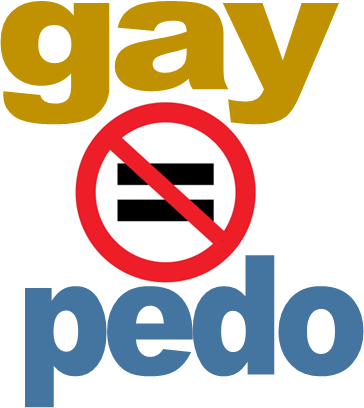
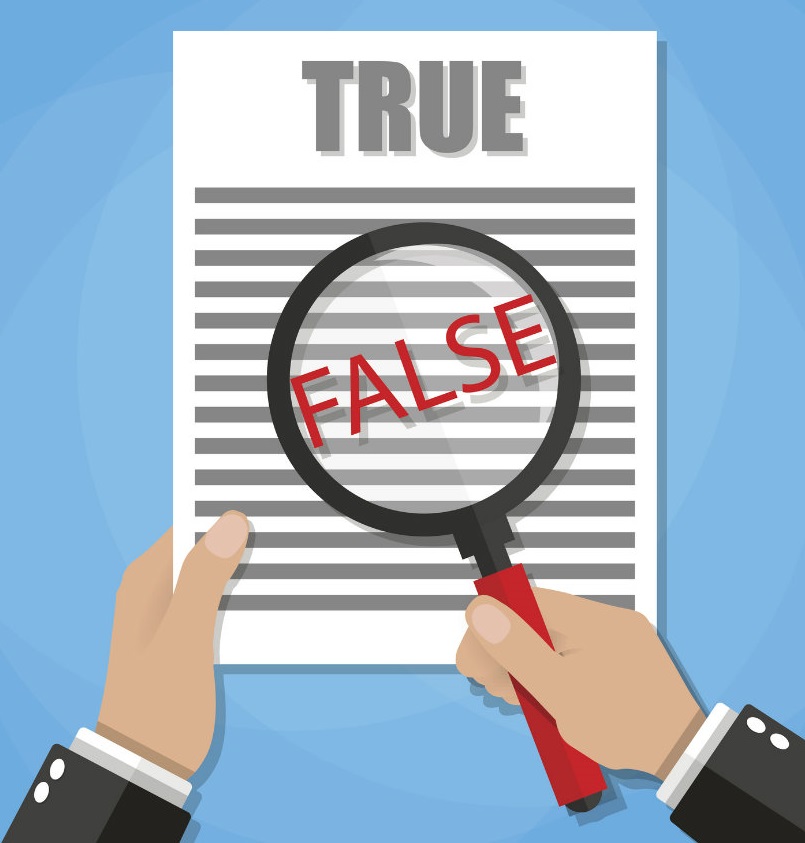
Many
conservatives are clearly not using the word “groom” to
refer to sexual abuse. As author Jude Ellison S. Doyle
notes, some conservatives freely admit they use the word
to mean “any set of circumstances in which a young
person could safely come out as queer.”
Effectively, they’re using the word to mean the opposite
of how it’s commonly used by using it to refer to the
absence of abuse of LGBTQ youth. This trivializing of
the word, some child advocates argue, makes it harder to
talk about actual abuse.
“There is the violence being done to language itself;
the way survivors become easier to trivialize and
dismiss when the terminology of sexual violence is
weaponized against us,” wrote Doyle. “I was a pre-teen
and he was a teenage youth counselor at my church. I was
a college freshman and he was a professor. I need to
talk about the ways those predators used my youth, my
ignorance, my need for acceptance and validation from
authority figures. I need to talk about how their age
and authority pre-conditioned me to let them overstep
certain boundaries — it wasn’t my place to object, I was
probably making a big deal over nothing, I might offend
them by complaining — and how that allowed them to
isolate me in a place where violent things could
happen.”
“I need to talk about that, and I cannot talk about that
when the word ‘grooming’ means ‘trans people existing’
or ‘gay people teaching at public schools.’ Those of us
who protest sexual violence and rape culture are already
accused of being hypersensitive, hysterical, of making a
big deal over nothing. How much easier will it be to
ignore us when most left-wing people automatically tune
out mentions of molestation and child abuse?”
[Source: Alex Bollinger, LGBTQ Nation, April 2022]
SPLC: Debunking Myths and Falsehoods Against LGBTQ
Community
Live Science: Myths About LGBTQ People Debunked
Myths That Stigmatize
LGBTQ People
Info: LGBTQ Stereotypes
Huff Post: Harmful Myths and Stereotypes About Gay Men
Queereka: Myths and Misconceptions About Gay Men
Info: Terminology and
Definitions
Video: LGBTQ Myths Debunked
Myth Busting: LGBTQ Myths
and Facts

Myths and
Misconceptions
Myth:
Homosexuality isn’t very prevalent.
Fact: The Kinsey studies (1947, 1953) found that 10-12%
of men and women identify as gay or lesbian throughout
their lives. More recent studies have found that 6-12%
of men and women report engaging in same sex behavior
during their lives (National Survey of Family Growth
2002). Same-sex intimate behavior is common, having been
found in every known culture and in the animal world as
well. LGBTQ people are found in every social, economic,
racial, and religious group. They are our teachers,
colleagues, friends, parents, and children. We all know
a number of LGBTQ people, whether we are aware of it or
not.
Myth: We know what “causes” homosexuality.
Fact: The research so far has proven only one thing, we
don’t know what causes anybody’s sexual orientation.
This myth has an interesting heterosexist slant. Do
people ever wonder and ask what causes heterosexuality?
Myth: Homosexuality is unnatural.
Fact: There are recorded observations of same sex
behavior and gender fluidity throughout the animal
kingdom (seagulls, horses, penguins, primates) and from
every known culture in the world.
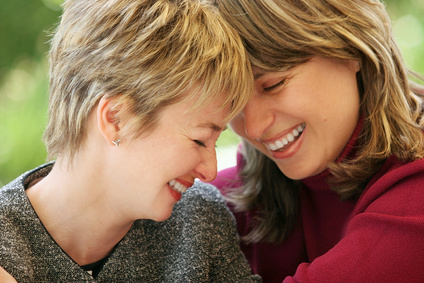
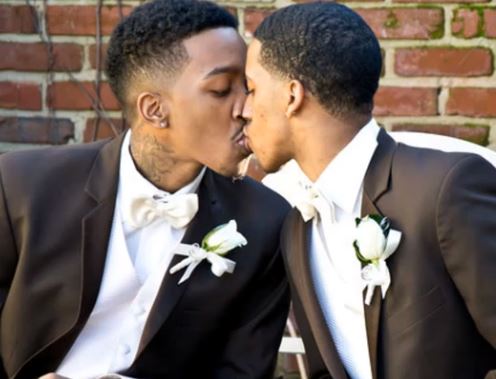
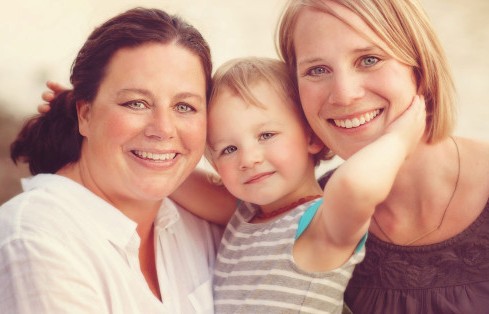
Conservatives Rant About Pedophiles and Groomers
Trump Jr Rants About Teachers Under Camouflage Who Groom
Children
GOP Candidate Targets LGBTQ Children in Disgusting
Campaign Ad
Right Wing TV Host Calls Joe Biden Groomer-in-Chief
Because He is Pro-LGBTQ
Florida Gov Says Those Opposing Don’t-Say-Gay Bill
Complicit In Pedophilia
Man Shouts That Gay Dads are Pedophiles Who Steal and
Rape Kids
Myth:
Homosexuality is immoral.
Fact: There are several instances in a variety of
religious texts that can be and have been used to
condemn homosexuality. Some religious leaders and
movements choose to use them; others believe they are a
reflection of the social customs of the time, are not
dealing with LGBTQ identity and relationships as we know
them today, and should not be translated literally into
policy for contemporary times.
Myth: Homosexuality is a mental illness.
Fact: The American Psychiatric Association voted in 1973
to remove homosexuality from their list of mental
disorders because there is no evidence to substantiate
this classification.
Myth: Gay men and lesbian women have many more sexual
partners than heterosexuals.
Fact: Certainly, individuals within the LGBTQ community
have as many sexual partners as do heterosexual
individuals. Society does not provide any of the
supports for gay and lesbian relationships that it does
for heterosexual couples, yet over 50% of LGBTQ
individuals are in long-term relationships and there are
same-sex couples in 99% of counties in the US.
Heterosexual marriage has a 50% divorce rate.

Myth: Gay
men molest children.
Fact: 97% of child molesting is perpetrated by
heterosexual adult males on adolescent females. The
“average” offender is a white heterosexual male in an
adult relationship and is a man that the child knows.
The adult who does molest children is often a
pedophile, a person who is attracted to children
regardless of their sex.
Myth: You can spot a gay man or lesbian women by the way
they act and dress.
Fact: Gender roles do not determine sexual orientation.
Many LGBTQ people are impossible to distinguish from
straight and more gender normative individuals. There
are some lesbians who dress in a very masculine way,
some gay men who act in traditionally feminine ways, and
many LGBTQ people who feel the freedom to explore a
range of gender expression. They are also many gender
normative LGBTQ people who “pass” unnoticed every day.
Myth: Gay people are not good parents. They introduce
their children to their “lifestyle.” Their children will
grow up to be gay.
Fact: According to the American Psychiatric Association,
studies comparing groups of children raised by
homosexual and by heterosexual parents find no
developmental differences between the two groups of
children in four critical areas: their intelligence,
psychological adjustment, social adjustment, and
popularity with friends. It is also important to realize
that a parent's sexual orientation does not dictate his
or her children's.
SPLC: Debunking Myths and Falsehoods Against LGBTQ
Community
Live Science: Myths About LGBTQ People Debunked
Info: Terminology and Definitions
Myths That Stigmatize
LGBTQ People
Huff Post: Harmful Myths and Stereotypes About Gay Men
Myth Busting: LGBTQ Myths
and Facts
Queereka: Myths and Misconceptions About Gay Men
Info: Frequently Asked Questions
Video: LGBTQ Myths Debunked



Global
Perspective: Myth vs. Reality
Myth: Homosexuality is a “Western phenomenon.”
Reality: Claims that same-sex attraction is a Western
practice are false. LGBTQ people exist everywhere, in
all countries, among all ethnic groups, at all
socioeconomic levels and in all communities and have for
a very long time. What is true is that many of the
criminal laws that continue to be used today to punish
LGBTQ people in many countries are Western in origin and
are a legacy of 19th Century colonial powers. This
remains the case even though most former colonial powers
no longer have these same discriminatory laws in place.
Many have replaced them with legislation that promotes
equality.
Myth: Depriving LGBTQ people of their human rights can
be justified on grounds of religion, culture or
tradition.
Reality:
Discrimination on the basis of sexual orientation or
gender identity can never be justified on any basis.
Human rights are universal: every human being is
entitled to the same rights, no matter who they are or
where they live. History, culture and religion are all
very important, but all States, regardless of their
political, economic and cultural systems, have a legal
duty to promote and protect the human rights of all.
This includes the rights of all LGBTQ people. Religious
freedom means the right to our beliefs, but it does not
give us the right to impose our views on others,
including by discriminating against or otherwise harming
them.

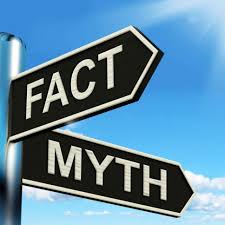

Myth:
LGBTQ people are “not normal,” they are a creation of
the modern age; their identity is a “trend.”
Reality:
Sexual orientation and gender identity are not “current
trends.” Almost every country has a recorded history of
people whose identities and behaviors bear close
resemblance to what we call today heterosexuality,
bisexuality, homosexuality and transgender identity.
Myth: LGBTQ people are requesting “special rights.”
Reality:
This is not true. There are no special rights being
claimed by or for LGBTQ people. They are entitled to
enjoy the same human rights and fundamental freedoms to
which every human being is entitled. Regretfully, these
rights and freedoms are denied to millions of people
around the world just because of their sexual
orientation and gender identity. This is why there is a
need to focus on ending discrimination on the basis of
sexual orientation and gender identity and ensure the
inclusion of all LGBTQ people in development.
Myth: Criminalizing homosexuality is a good idea.
Reality:
Criminalizing private sexual relationships between
consenting adults, whether the relationships are
homosexual or heterosexual, is a violation of the right
to privacy, is discriminatory in nature and violates
international human rights law. When enforced, these
laws violate rights to freedom from arbitrary arrest and
detention. Criminalization serves to legitimize hostile
attitudes towards LGBTQ people, feeding violence,
discrimination, extortion and blackmail. Enforcing these
laws costs a lot of money and brings no social value.



Myth: By
repealing laws that criminalize same sex activity we are
“promoting homosexuality.”
Reality:
Promoting equal rights of lesbian, gay and bisexual
people is not “promoting homosexuality” – it is
promoting the same fundamental human rights for
everyone. These are core values that all United Nations
Member States have the obligation to uphold.
Myth: Governmental representatives should follow public
opinion when there is overwhelming public support for
punitive laws against lesbian, gay, bisexual and
transgender people.
Reality:
Governmental representatives have the responsibility to
advance the human rights and inclusion of all people, no
matter how unpopular this viewpoint might be. Negative
public attitudes can never justify human rights
violations, including punitive laws and police
harassment and brutality against lesbian, gay, bisexual
and transgender people, any more than they can justify
sexist, racist, xenophobic, sectarian and other
discriminatory acts or policies. When there are
discriminatory attitudes against certain groups, it is
the responsibility of parliamentarians and others to
work to overcome such discriminatory attitudes through
public education, awareness raising and other measures.
SPLC: Debunking Myths and Falsehoods Against LGBTQ
Community
Live Science: Myths About LGBTQ People Debunked
Info: Terminology and Definitions
Myths That Stigmatize
LGBTQ People
Huff Post: Harmful Myths and Stereotypes About Gay Men
Myth Busting: LGBTQ Myths
and Facts
Queereka: Myths and Misconceptions About Gay Men
Info: Frequently Asked Questions
Video: LGBTQ Myths Debunked

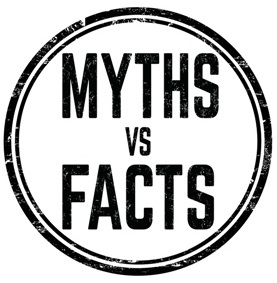

Myth:
There is nothing in international human rights
instruments about LGBTQ people, so they do not apply.
Reality:
Quite the contrary, international human rights law
applies to every person. International human rights law
establishes legal obligations on States to make sure
that everyone, without distinction, can enjoy their
human rights. A person’s sexual orientation and gender
identity is a status, like race, sex, color and
religion. Many human rights treaty bodies, human rights
mechanisms, special procedures, recommendations of the
United Nations Human Rights Council, United Nations
resolutions and reports have repeatedly confirmed that
LGBTQ people are entitled to all the same human rights
as straight and cisgender people and that discrimination
on the basis of sexual orientation and gender identity
violate human rights law.
Myth: When our national legislation does not conform to
human rights norms and standards, there is not much we
can do about it.
Reality:
Sometimes provisions of national laws and policies may
conflict with fundamental rights enshrined in
international law – whether it is in relation to the
human rights of LGBTQ persons or in relation to other
groups or specific human rights standards. All States
have a duty to review and reform national legislation
and policies in line with international human rights
standards, including in relation to human rights treaty
obligations. Parliament has the responsibility for
lawmaking and therefore must also ensure that national
legislation conforms with international human rights
obligations.


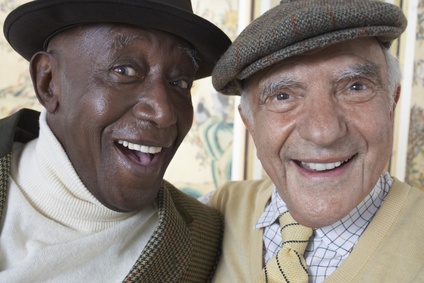
Myth:
There are more serious problems for governmental
representatives to focus on rather than LGBTQ rights –
like education, health and security.
Reality:
This is a common tactic to deflect attention away from
and minimize or ignore State responsibilities to
respect, protect and fulfill the rights of LGBTQ people.
The human rights of LGBTQ people, like all people,
require serious and dedicated attention. LGBTQ people
are often the ones more likely to be denied equal access
to education, health and security. Protecting,
respecting and fulfilling the rights of LGBTQ people in
no way prevents, obstructs or delays the resolution of
any other matters.
Myth: Homosexuality is an illness, or a health issue.
Reality:
More than 20 years ago the World Health Organization
explicitly clarified that homosexuality is neither a
disorder nor a disease and has emphasized that
homosexuality is a natural and non-pathological
variation of human sexuality.
Myth: We can change a person’s sexual orientation and
gender identity.
Reality:
The World Health Organization has made clear that sexual
orientation cannot be changed. Attempts to forcibly
change the sexual orientation of lesbian, gay and
bisexual persons are ineffective, harmful and may amount
to torture.
SPLC: Debunking Myths and Falsehoods Against LGBTQ
Community
Myths That Stigmatize
LGBTQ People
Live Science: Myths About LGBTQ People Debunked
Info: LGBTQ Stereotypes
Huff Post: Harmful Myths and Stereotypes About Gay Men
Queereka: Myths and Misconceptions About Gay Men
Info: Terminology and
Definitions
Myth Busting: LGBTQ Myths
and Facts
Video: LGBTQ Myths Debunked

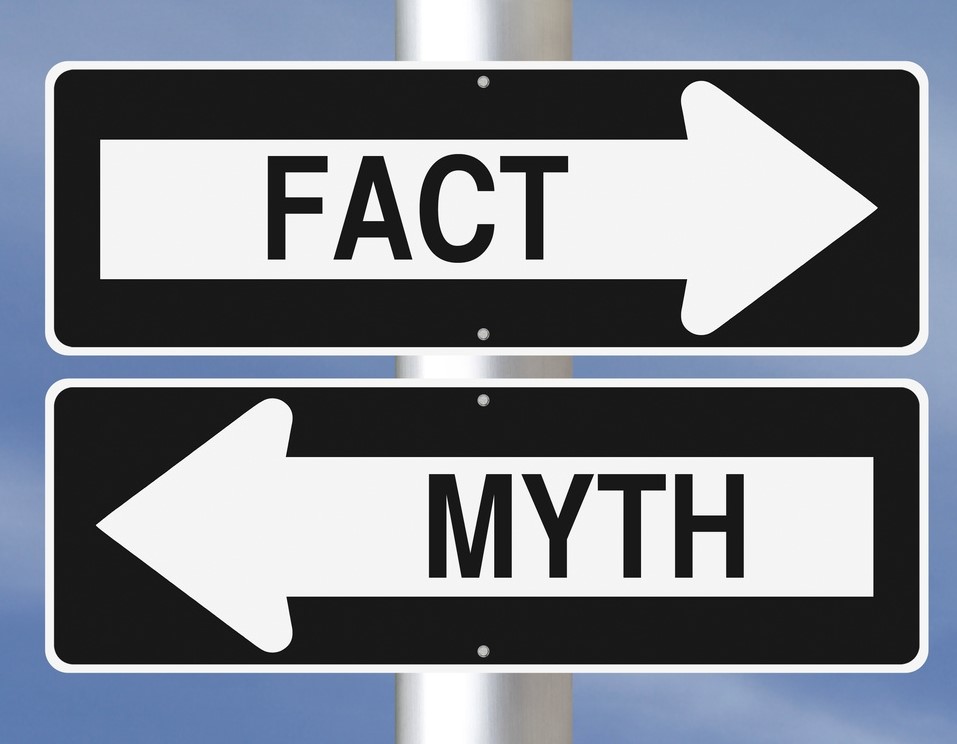

Myth: All
LGBTQ people have HIV/AIDS.
Reality:
This is patently not true. HIV/AIDS affects
heterosexual, cis-gender and LGBTQ people, men and
women, in varying degrees according to the
characteristics of the epidemic. In some regions of the
world it is primarily a problem among the heterosexual
population. What is true, however, is that stigma,
discrimination and exclusion of LGBTQ people leads to
lack of access to information on HIV and safe sex
practices, prevention, testing, treatment, care and
support. This leaves LGBTQ people (and in particular
transgender women) at higher risk of contracting HIV.
Reducing stigma, eliminating discrimination and
exclusion and, consequently, increasing access to
services, is the right way to address the HIV epidemic
for all people, regardless of their sexual orientation
or gender identity.
Myth: Being around LGBTQ people or having access to
information on homosexuality endangers the wellbeing of
children.
Reality:
This is a myth. Learning about or spending time with
people who are LGBTQ does not influence the sexual
orientation or gender identity of minors, nor does it
harm their wellbeing.
Myth: Gay, lesbian, bisexual and transgender people are
“dangerous to children.”
Reality:
No. There is no link whatsoever between being gay,
lesbian, bisexual or transgender and child abuse.
Evidence shows that LGBTQ people all over the world,
just like straight and cisgender people, are good
parents, teachers and role models for young people.
Portraying lesbian, gay, bisexual or transgender people
as pedophiles or as dangerous to children is wrong and
offensive. It is a distraction from the need for serious
and appropriate measures to protect all children,
including those coming to terms with their sexual
orientation and gender identity. All forms of sexual
abuse, including against children, should be prevented
and punished wherever they occur and whoever is
involved.
[Source: Parliamentarians for Global Action]



Common
Misconceptions
Myth: You can spot a gay or lesbian person by the way
they act and dress.
Fact: Some people believe all gay men are effeminate,
and all lesbians are tomboys. While there are some gay
and lesbian persons who fit these stereotypes, they are
no more representative of all homosexual people than are
the Marlboro Man and June Cleaver types representative
of all straight people. LGBTQ people generally look and
act like everyone else. Most people never suspect the
sexual orientation of an LGBTQ individual.
Myth: I’ve never met a person who is gay, lesbian,
bisexual, or transgender.
Fact: Most people know a number of LGBTQ persons, but
are unaware of it because these persons are “in the
closet”. Because of intense prejudice and hatred
directed toward LGBTQ people in our society, many are
quite reluctant to reveal their sexual orientation. As
noted, most LGBTQ people look and act just like
everyone else. They come from all walks of life, all
races, all economic levels, and all political
perspectives. So heterosexual people can assume that
they probably have homosexual neighbors, friends,
relatives, and fellow worshipers, although those persons
may be afraid to reveal that they are not straight.
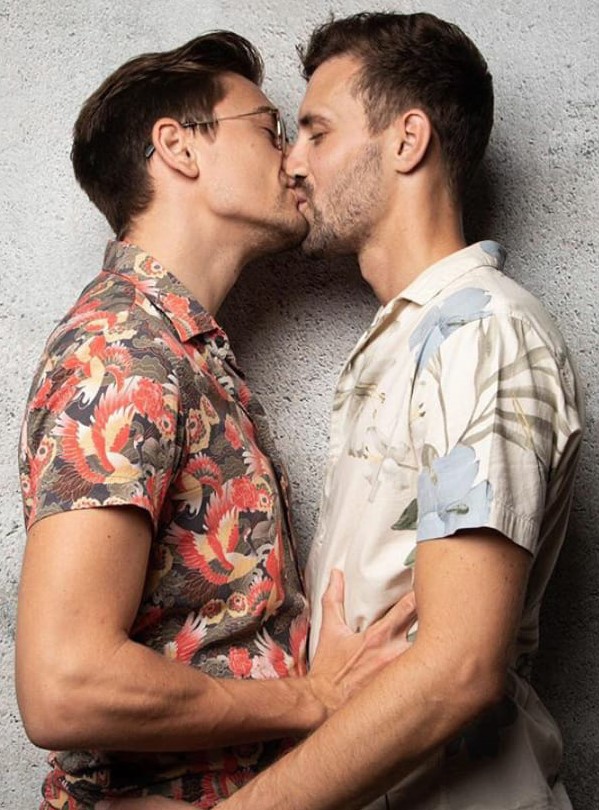
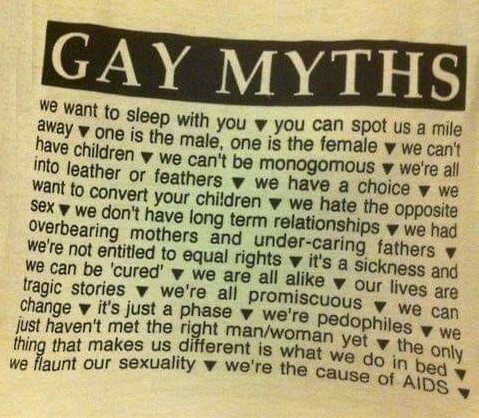

Myth: LGBTQ people want to come into our schools and
recruit the students to their lifestyle.
Fact: There have been attempts to bring LGBTQ issues
into schools, but certainly not to convert anyone. There
is no evidence that people could be “recruited” to a
homosexual orientation, even if someone wanted to do
this. The intent is to teach adolescents not to mistreat
LGBTQ classmates, who are often subjects of harassment
and physical attacks. Talking openly about homosexuality
is also crucial to students who are LGBTQ. Feeling
alone, frightened and confused, these young people are
much more likely to attempt suicide than their straight
peers. A recent study indicates that 30% of gay and
lesbian students attempt suicide around the age of 15.
Myth: To be bisexual implies that a person has multiple
partners.
Fact: Bisexual individuals have affection and sexual
feelings towards persons of the other sex, as well as
the same sex. This does not imply involvement with more
than one partner any more than a heterosexual person’s
ability to be attracted to more than one person implies
multiple partners.

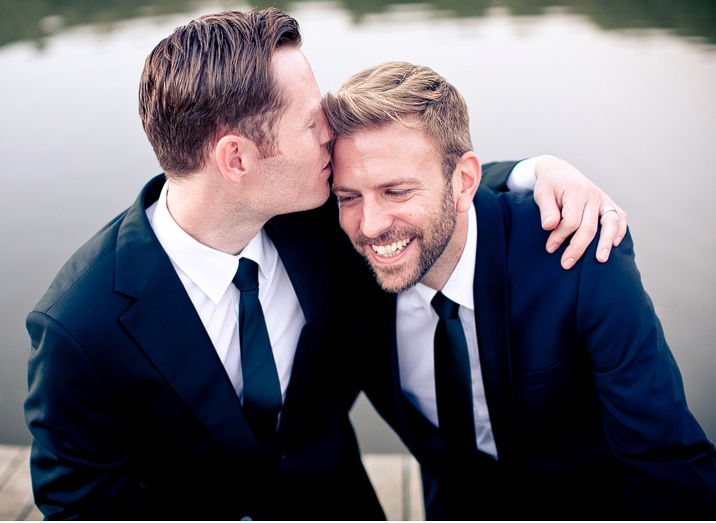

Myth: You
can always tell homosexuals by the way they look or act.
Men who act in a feminine manner must be gay. Masculine
women with short haircuts and deeper voices must be
lesbians.
Fact: These stereotypes only apply to about 15% of gays
and 5% of lesbians. These stereotypes confuse the
concept of sexual orientation (whether you prefer the
same or the other sex as sexual partners) with gender
roles (exhibiting masculine or feminine behavior). Just
as the vast majority of gays and lesbians do not fit
these stereotypes, only a portion of heterosexuals match
them. Except for their actual sexual activity or
admitting their sexual preferences, there is no accurate
way to judge someone’s sexual orientation.
Many adolescents and some adults are not secure in their
masculinity or femininity. For them, it is important to
be as different form an LGBTQ person as possible. They
may even have homophobia, an unreasonable fear and/or
hatred of homosexuals. With their insecurity, they
maintain stereotypes of effeminate male gays and
masculine lesbians. When they follow the stereotyped
gender roles, they feel more sexually adjusted. They use
the stereotypes to distinguish between out-group and
in-group members. When these individuals meet
homosexuals who do not fit the homosexual stereotypes,
they feel very upset and threatened. They are extremely
upset by any activity with people of the same sex that
even hints at being sexual.

Myth: Christians are united in their opposition to
homosexual people and homosexuality.
Fact: There are a wide variety of opinions about
homosexual persons among the various Christian
denominations, and among individuals as well. Some
religious groups interpret certain Biblical passages as
injunctions against homosexuality, while others view
these passages in the light of historical context,
pointing out other passages Christians no longer take
literally, such as those advocating slavery, dietary
laws, and ritual purity laws. In addition many Christian
denominations have issued statements condemning
discrimination and prejudice against homosexual people,
as have a number of Jewish and other religious groups.
There are numerous congregations who welcome and affirm
homosexual Christians as fully participating members
with unique gifts to offer.
SPLC: Debunking Myths and Falsehoods Against LGBTQ
Community
Myths That Stigmatize
LGBTQ People
Live Science: Myths About LGBTQ People Debunked
Info: LGBTQ Stereotypes
Huff Post: Harmful Myths and Stereotypes About Gay Men
Queereka: Myths and Misconceptions About Gay Men
Info: Terminology and
Definitions
Myth Busting: LGBTQ Myths
and Facts
Video: LGBTQ Myths Debunked
HOME
QUEER CAFE
│ LGBTQ Information Network │ Established 2017 |